Hymenoptera: Vespoidea, Formicidae, Ponerinae
Posted: Thu Dec 11, 2014 1:01 pm
Subfamily Ponerinae
The Ponerine subfamily is widespread around the world, and includes species from as small as 4 mm to a South American species that is well over 35 mm long. They all have a single-jointed waist ('petiole') and all have a restriction between the first and second segments of the gaster. The colonies are usually small, with exceptions such as the infamous Matabele ants that thrive in nests numbering thousands. Ponerines are always carnivorous and hunt other insects for food. They are armed with stings that can be painful.
Pedicel of a single segment, with a narrow connection to the gaster (the helcium) so that the petiole has a distinct posterior face. Eyes usually present; clypeus well developed so that the antennal insertions are some distance behind the anterior margin of the head. Genae usually not carinate. Frontal carinae at least partially cover the antennal insertions, forming simple short semicircles or blunt trinagles. Pygidium never impressed or armed with spines or denticles. Alitrunk dorsally usually with at least one suture.
As defined by Bolton (2003), workers of this subfamily can be distinguished by the following traits:
• outer borders of frontal lobes forming short semicircles or triangles, and having a pinched -in appearance posteriorly
• promesonotal suture flexible
• constriction present between abdominal segments 3 and 4, but segment 3 not markedly reduced in size compared to segment 4 (i.e., postpetiole absent)
• abdominal segments 3 and 4 with tergosternal fusion; and (3) sting well developed.
Links:
http://www.antweb.org/description.do?su ... =worldants
http://antsofafrica.org/ant_species_201 ... erinae.htm
The Ponerine subfamily is widespread around the world, and includes species from as small as 4 mm to a South American species that is well over 35 mm long. They all have a single-jointed waist ('petiole') and all have a restriction between the first and second segments of the gaster. The colonies are usually small, with exceptions such as the infamous Matabele ants that thrive in nests numbering thousands. Ponerines are always carnivorous and hunt other insects for food. They are armed with stings that can be painful.
Pedicel of a single segment, with a narrow connection to the gaster (the helcium) so that the petiole has a distinct posterior face. Eyes usually present; clypeus well developed so that the antennal insertions are some distance behind the anterior margin of the head. Genae usually not carinate. Frontal carinae at least partially cover the antennal insertions, forming simple short semicircles or blunt trinagles. Pygidium never impressed or armed with spines or denticles. Alitrunk dorsally usually with at least one suture.
As defined by Bolton (2003), workers of this subfamily can be distinguished by the following traits:
• outer borders of frontal lobes forming short semicircles or triangles, and having a pinched -in appearance posteriorly
• promesonotal suture flexible
• constriction present between abdominal segments 3 and 4, but segment 3 not markedly reduced in size compared to segment 4 (i.e., postpetiole absent)
• abdominal segments 3 and 4 with tergosternal fusion; and (3) sting well developed.
Links:
http://www.antweb.org/description.do?su ... =worldants
http://antsofafrica.org/ant_species_201 ... erinae.htm
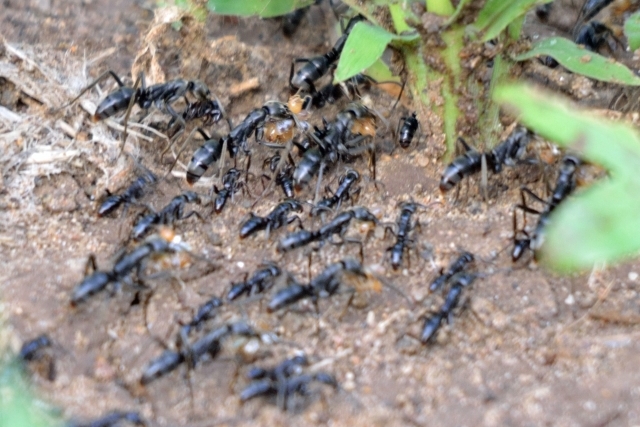 © BluTuna
© BluTuna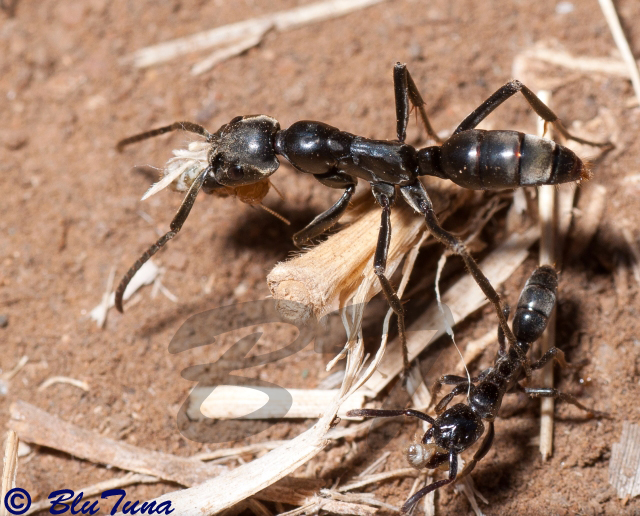 © BluTuna
© BluTuna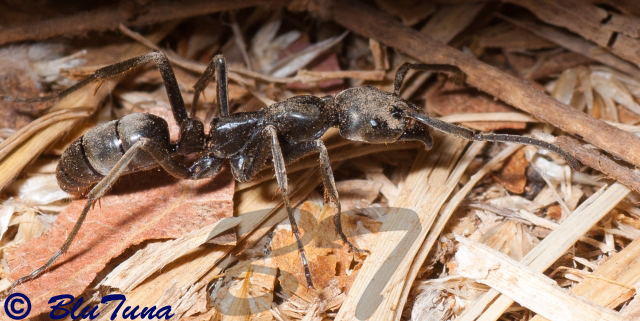 © BluTuna
© BluTuna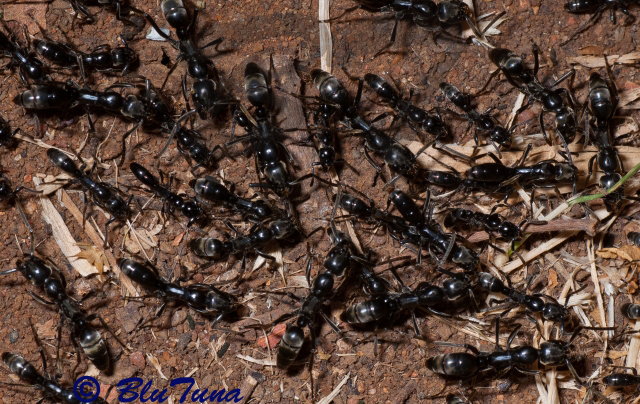 © BluTuna
© BluTuna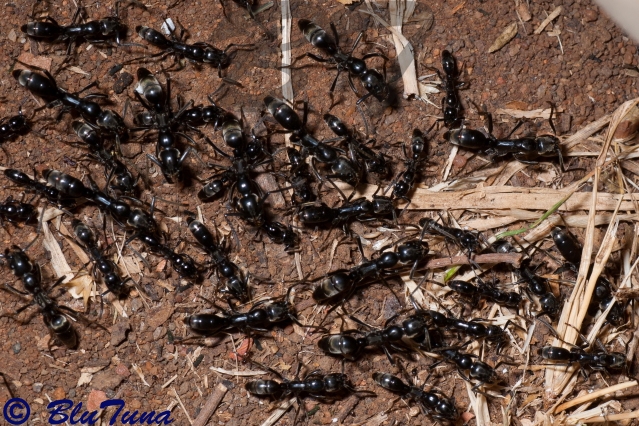 © BluTuna
© BluTuna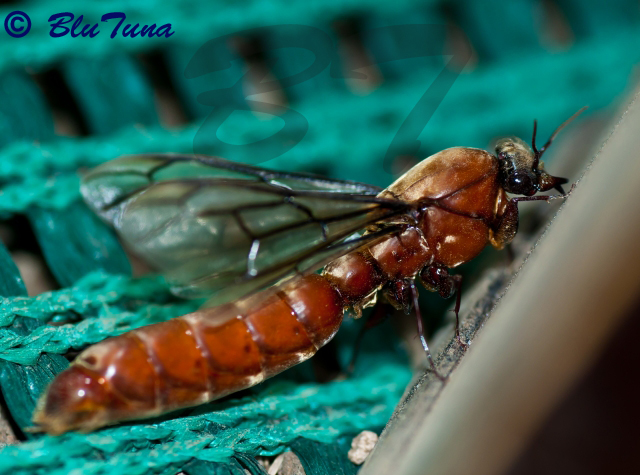 © BluTuna
© BluTuna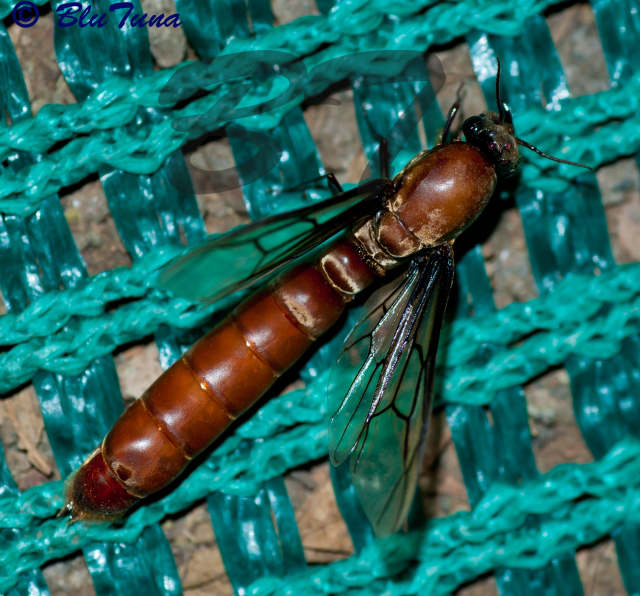 © BluTuna
© BluTuna © ExFmem
© ExFmem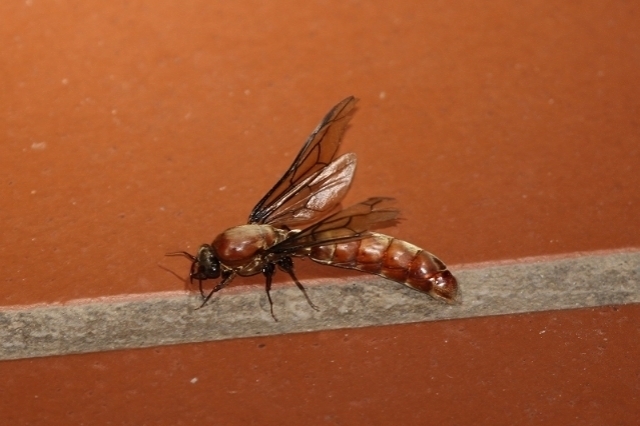 © Tina
© Tina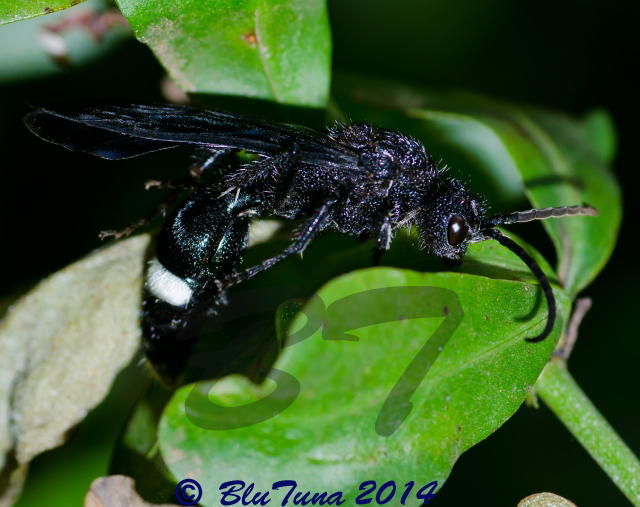 © BluTuna
© BluTuna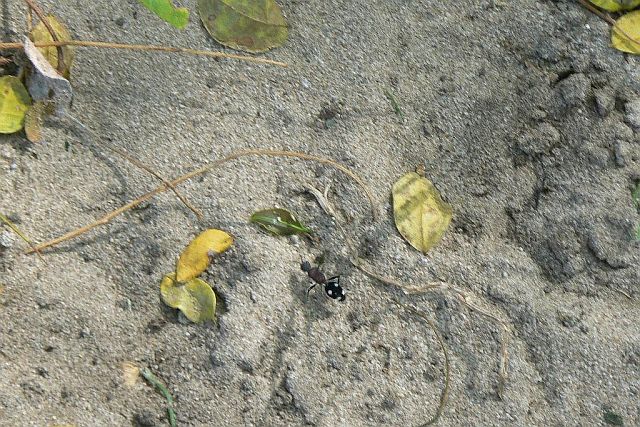 © Toko
© Toko